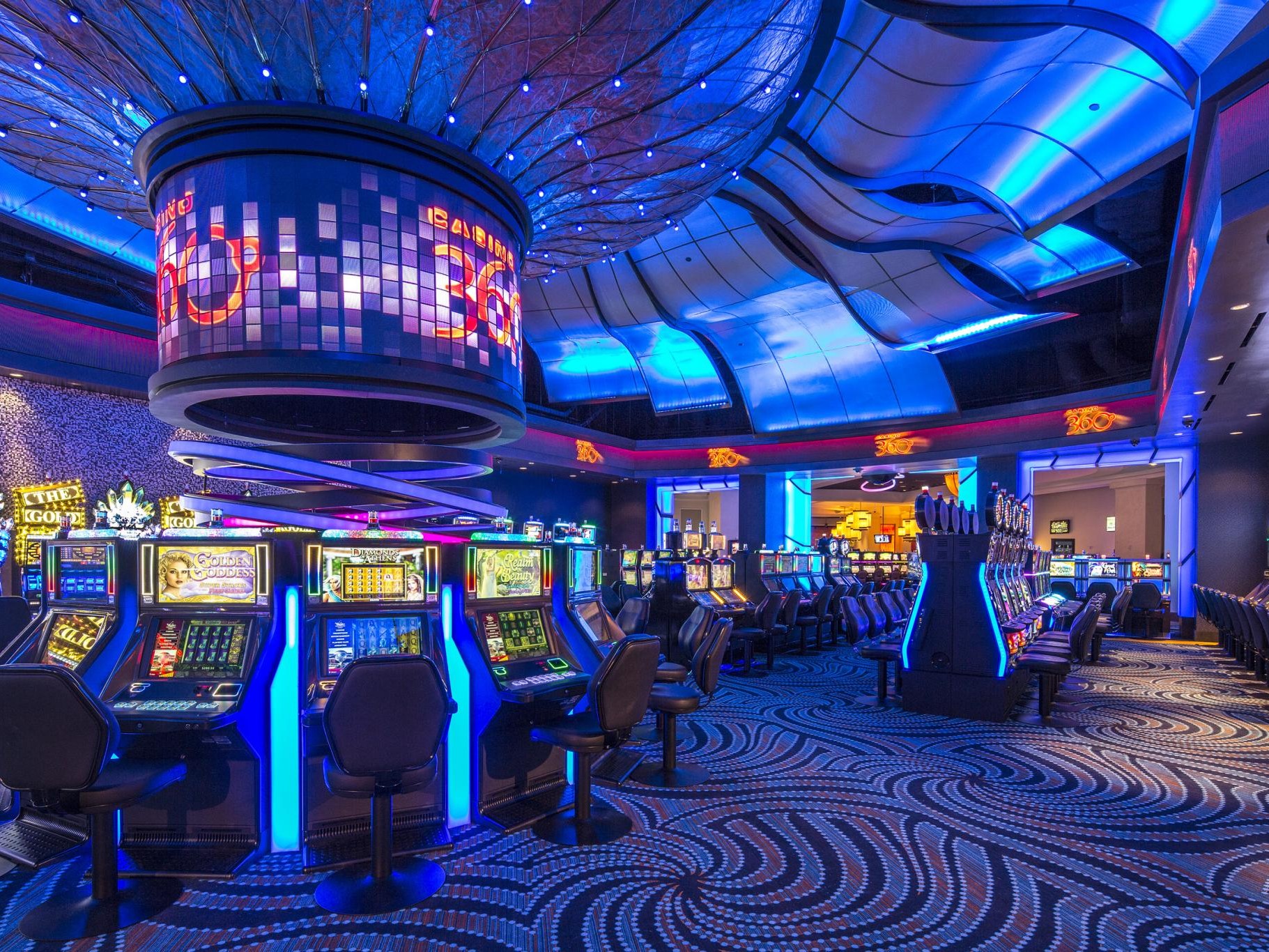
Casino games have long captivated the human imagination, drawing participants into a universe filled with luck, planning, and the allure of thrill. Each activity is painstakingly crafted not just for fun, but also to elicit particular emotional responses that keep players involved and committed. Understanding the reasons behind these designs reveals much about how psychology plays a key role in the gaming experience.
From the bright lights and lively sounds to the complex layering of guidelines and incentives, casino games are designed to create an atmosphere of thrill and eagerness. Game designers leverage mental cues to influence participant behavior, whether through the use of winning opportunities, near-miss scenarios, or community engagement. By examining these aspects, we can better appreciate how casino games fulfill not just a need for entertainment, but underlying psychological needs for excitement and uncertainty.
Grasping Player Actions
Casino games are crafted with a thorough understanding of player psychology, which is vital for attracting and keeping players. The excitement of the game, alongside the hope of winning, produces a powerful attraction. Game designers utilize elements like audio cues, colorful graphics, and engaging gameplay to engage attention and elicit emotional responses. These sensory elements enhance the immersive experience, making players feel more involved in the game.
Another significant aspect of player behavior is the notion of risk and reward. Casino games often balance high-stakes situations with the potential for considerable rewards, which can cause the occurrence known as near-miss phenomenon. When players come near to winning, the brain releases dopamine, bolstering their behavior and motivating them to continue playing in search of that hard-to-reach win. This cycle of wish and letdown plays a critical role in how games are designed and promoted.
Lastly, community aspects also play a pivotal role in player behavior at casinos. Many games are designed to be played in groups or in company with other players, nurturing a sense of togetherness and communal experience. The interaction inherent in games like poker enhances enjoyment and can lead to longer play sessions. Designers capitalize on this by crafting environments that invite players to linger, connect, and return, making the overall casino experience more inviting.
The Role of Visuals and Audio
Imagery and sound play a significant role in enhancing the gambler’s experience within gambling games. Designers utilize bold colors, striking graphics, and engaging animations to attract players’ attention and sustain their interest. The use of themes, such as exploration or luxury, helps create an enthralling atmosphere that takes players into another world. By connecting to the senses, these elements add to a heightened emotional response, encouraging players to engage more deeply with the games.
Audio design is just as important in reinforcing the experience of casino games. The mix of background music, audio effects for successful combinations, and ambient noises creates an sound landscape that keeps players fascinated. Audio cues associated with victories, such as ringing bells or celebratory music, evoke feelings of thrill and satisfaction, prompting players to keep playing. link vào vn88 These sound cues are strategically placed to amplify the excitement of the game and create a more engaging experience.
Moreover, the synchronization of visuals and sound is crucial for supporting the game’s overall concept and atmosphere. Each element should align harmoniously to create a unified experience that draws players in. The effective use of this synergy not only improves user enjoyment but also boosts the likelihood of repeat play, as players become more engaged in the immersive world that the casino games offer. This thoughtful integration of imagery and audio ultimately enhances player engagement and loyalty.
Reward Systems and Participation
The development of gambling games heavily relies on reward systems to ensure players engaged and returning for additional experiences. These systems are based in behavioral principles that take advantage of human nature and motivation. Players are often motivated by the excitement of winning, which is reinforced by instant responses through the game’s design. This prompt satisfaction not only improves the overall experience but also cultivates a sense of success, prompting players to keep participating in hopes of bigger rewards.
Casinos adopt various incentive systems, such as large payouts, extra rewards, and increased rewards, to captivate players. These elements create a level of thrill that sustains engagement. Additionally, the randomness of outcomes plays a significant role in sustaining interest. The intermittent reinforcement schedule, where successes are unpredictable but occur often enough, maintains participants on edge and motivated to continue participating. This cycle of hope and anticipation is foundational to the success of casino games.
Furthermore, community aspects, such as competitive events and multiplayer features, boost the engagement factor by tapping into the competitive nature of players. The shared experience of playing with others can intensify the excitement of success and create a community atmosphere within the gaming space. By combining these social dynamics with efficient incentive structures, casino games not only offer entertainment but also nurture a stronger connection among players, solidifying their commitment to the gaming experience.
